Following the success of the first Concurrent Engineering Workshop held in September 2016, the ESA Academy’s Training and Learning Programme is again offering university students the opportunity to learn how ESA assesses technical and financial feasibility of space missions.
ESA’s Education Office sought 44 talented and motivated university students from across all ESA Member and Associate States with an engineering or physics background to take part in one of the two upcoming Concurrent Engineering Workshops which will take place on 14-17 March and on 9-12 May 2017.
Among the countless applicants, there was also Alessandro Andreoni, who is doing his final thesis work at our lab. His application was bold enough to get him selected; so in mid March he will be at the ESA Academy Training and Learning Centre, within the green expanses of Belgium’s Ardennes region. Here, at one of Europe’s principal radio links to space, Alessandro and his fellow students will learn about concurrent engineering and its benefits. Guided by ESA experts, the students will first learn to use the Open Concurrent Design Tool (OCDT) and identify design drivers.
Concurrent engineering is a method of designing and developing products in the space sector. Contrary to the traditional design methods, in Concurrent Engineering all subsystems are designed simultaneously. This is a far more efficient way of designing, but it has its own challenges as well. Solutions in one area that could impact the design in another must be identified and communicated instantly. Although concurrent engineering is a more complicated process to begin with, in effect it allows mistakes to be identified earlier, therefore reducing the design time.








